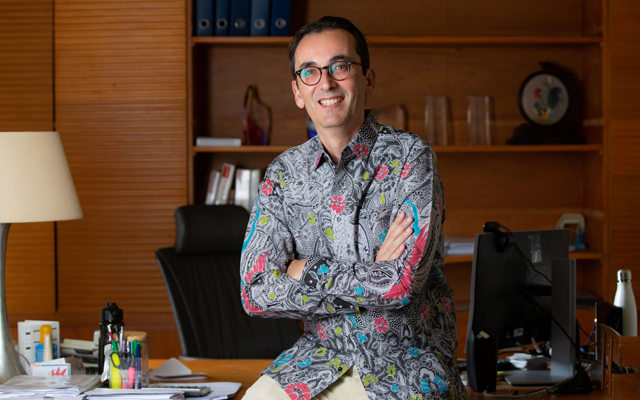Bali tourism players are heaving a sigh of relief as border restrictions ease along with Jetstar Australia’s progressive resumption of services to the resort island, facilitating the return of their top source market.
Australia was Bali’s top performing source of arrivals in 2019, with 1,245,410 footfalls on record. In that year, Bali attracted 90 per cent of Australian arrivals to Indonesia. Australia is also second after Europe in terms of arrivals to Indonesia.

Oriol Montal, general manager of the Westin Resort Nusa Dua and Bali International Convention Center, told TTG Asia that the latest development “means so much to Bali and her people, as this marks an important milestone for Bali towards economic and tourism and travel recovery”.
“For almost two years, Bali has been anxiously awaiting the return of International travellers and we are thrilled that the day finally came,” he added.
At the Westin Resort Nusa Dua and Bali International Convention Center, the leisure market from Australia is currently outpacing that of business events. However, he expects business travel demand to follow soon, as enquiries for events are coming in. Pre-pandemic, Australia was among the property’s top three markets.
Gede Suteja, cluster general manager of COMO Shambala Estate and COMO Uma Ubud, has seen a significant change in international room reservations for the first time since the pandemic hit in 2020. Bookings pace picked up in March, and sped up towards April.
“For the first time, we see a real hope that Bali tourism will recover,” Gede remarked, adding that Australia is among his top three markets and is “extremely important for our business”.
“It can potentially be the first international market to return to COMO Bali,” he said.
Bali’s reopening and returning airlift has prompted many last minute bookings from international markets, observed Eugene Feklistov, cluster director of sales and marketing for Bali of COMO Shambala Estate, COMO Uma Ubud, COMO Uma Canggu.
Before the removal of on-arrival quarantine, international bookings tended to be for stays far in advance, from 3Q2022 onwards, he shared.
Looking ahead, Feklistov expects the Australian market to take six to 12 months to return to pre-pandemic level at his beach properties, and 12 to 24 months at his Ubud property.
Offering a more conservative projection, Montal said the Australian market would only reach pre-pandemic levels in 1Q2023 or 2Q2023.
Fransiska Handoko, chairman of Bali Hotel Association, told TTG Asia that the speed of market recovery was dependent on seat capacity. Should flight frequency from Australia return to pre-pandemic levels and travel restrictions are eased further, the Australian market could hit pre-pandemic levels by 4Q2022 or 1Q2023.
According to Gufron, director of Alpha Hotel Management, Bali’s recovery must also require the return of travellers’ confidence, and that would in turn entice airlines to grow capacity.
Speaking at a trade focus group discussion on rebuilding the Australian market, Gufron said: “The priority now is to build trust and confidence among Australian and New Zealand travellers. The market is still concerned about health as well as safety of (tourist facilities) in the destination. They are also concerned about the synchronisation of government regulations and actual implementation on ground.”
He suggested fam trips for trade and media from Australia and New Zealand as well as sales missions led by Bali as solutions.
“Our wholesale partners, such as Flight Centre Australia, Helloworld, Bali Tours Australia and House of Travel New Zealand, are ready to promote the destination, so are the airlines like Garuda, Jetstar, Qantas and Virgin Australia,” he said.
En route to recovery, Fransiska also hopes that the government will incentivise Bali hotels because many of them were closed or not fully operational in the last two years. Such incentives could be soft loans for hotels to use on improving facilities as they prepare for reopening. – Additional reporting by Mimi Hudoyo




















